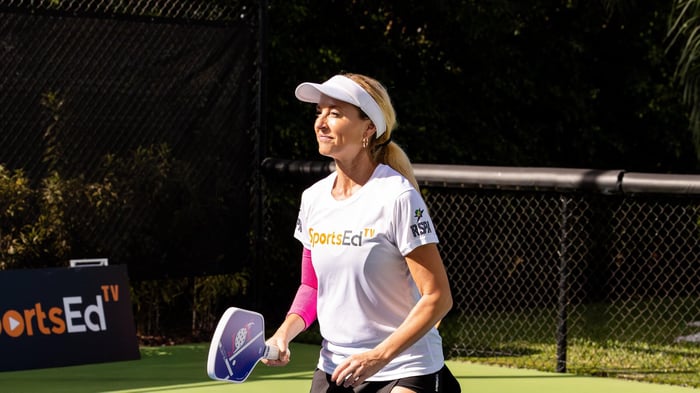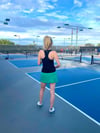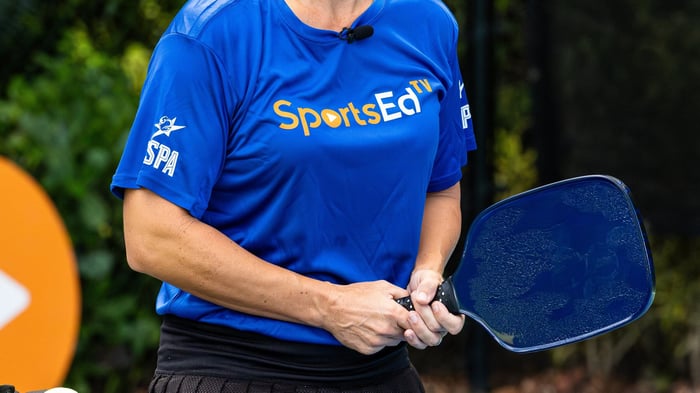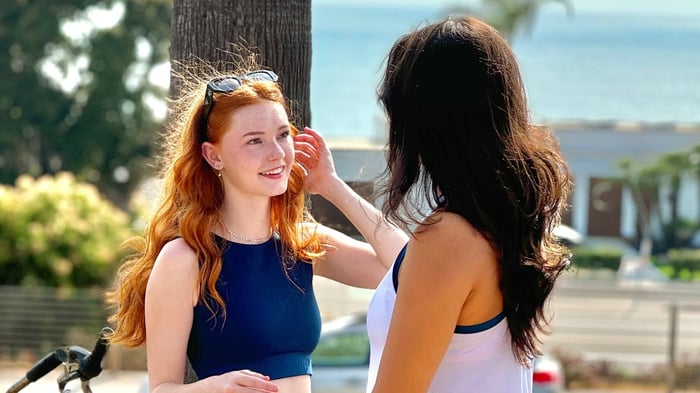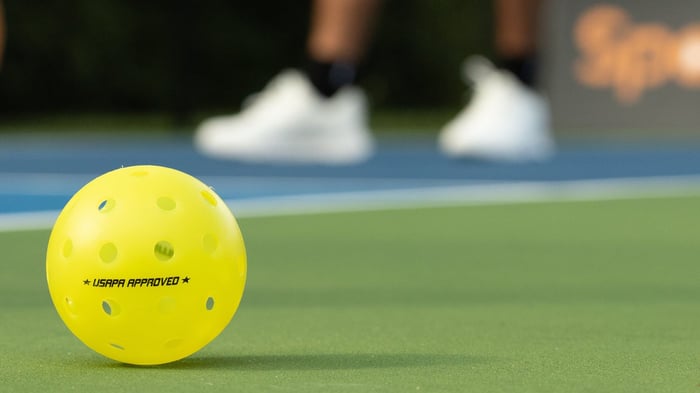Key takeaways:
Stay safe on the court by understanding how heat and humidity impact your body, and learn to recognize the signs of heat-related stress.
Hydration and proper gear are essential for peak performance and comfort during summer pickleball matches.
Building a supportive community that prioritizes safety and smart play ensures everyone can enjoy the game, even in hot weather.
That first serve on a summer morning feels unbeatable, but when the sun's blazing overhead, the heat can bring more than just a challenge to your game. Whether you're a seasoned player or just getting into the sport, knowing when it's too hot to play safely helps keep the fun going and the risks low. Hydration, gear, and smart scheduling all matter more than ever.
Pickleball isn't just about competition; it's about community and smart habits. When players stay aware and gear up with intention, everyone benefits. Check out PB5Star for performance gear that helps you stay cool and court-ready.
What temperature is unsafe for pickleball?
Outdoor pickleball in the summer demands more awareness than just bringing an extra water bottle. Most players feel good up to 85°F (29°C), but once temperatures creep higher, it's time to rethink game time and gear. Dry heat in places like Arizona feels different from the muggy air in Florida, and that can seriously affect your stamina and performance.
The heat index, which is how hot it feels when you factor in humidity, is the real MVP of summer planning. At 70% humidity, even 85°F can feel closer to 95°F, especially when the court surface radiates extra heat. Hard courts can climb 10–15°F above the air temperature, creating a mini-heatwave right under your feet. That's why early morning or late evening matches are community favorites in warmer regions.
Players who know their limits stay on top of their game longer. Heat sensitivity can change with age, medications, and fitness level. Talking to your healthcare provider can help you figure out what's safe. Always check your local heat index or weather app before heading out—this simple habit helps everyone play smarter.
Recognizing when it's too hot: Signs to stop playing pickleball
It's one thing to push yourself, it's another to play past your limits. Staying safe on the court means knowing the warning signs of overheating before they sideline you or your playing partner. Being aware keeps the entire pickleball community stronger and safer.
Watch for overheating cues. A body temp above 104°F (40°C), red or dry skin, and a fast heart rate all spell trouble. Mental fog, confusion, or trouble with basic conversation? It's time to stop immediately and get into the shade.
Even smaller signs like headaches, exhaustion, or cramping need attention fast. Don't try to push through—take a break, cool off, and rehydrate. Leading by example means encouraging others to take smart breaks, too.
If symptoms get severe—vomiting, unresponsiveness, or no sweating despite heat—call emergency services right away. While waiting, help them to a cooler space and use cold towels. Being observant and proactive keeps the community fun and safe for everyone.
Staying prepared: Hydration and gear that beat the heat
Hot weather doesn't mean the fun has to stop; it just means being smarter about hydration, gear, and recovery. Think of these as your match-day strategy, not just afterthoughts. The best games start hours before the first serve with a plan to stay cool, fueled, and ready to play.
Start sipping early with 16–20 ounces of water in the morning. Continue drinking a large glass of water every hour during play and add electrolytes to help replenish minerals lost through sweat.
What you wear matters just as much as what you drink. Lightweight, moisture-wicking fabrics like polyester blends or merino wool help move sweat away from your body, keeping you cooler and drier mid-rally.
A breathable wide-brim hat, UV-rated sunglasses, and SPF 30+ sunscreen (reapplied regularly!) protect you from sun exposure.
PB5 Court2 shoes with mesh panels and solid lateral support keep your feet cooler while supporting fast moves.
Stay cool, play confident: Community and gear make the difference
Smart summer pickleball comes down to preparation and awareness. Playing during cooler hours, staying hydrated, wearing breathable gear, and looking out for one another ensures everyone has a better time on the court. It's not just about equipment—it's about mindset, responsibility, and community.
Shop smarter this summer with gear built for heat and high-energy play. Explore PB5Star's premium collection for clothing and footwear that help you stay cool, protected, and comfortable every match.
FAQs
When should we schedule our summer matches for maximum fun and safety?
Early birds who hit the court before 9 AM beat the worst heat, while evening players enjoy breezier vibes after 6 PM. Many regions plan social matches during these cooler windows for better energy and comfort.
How can we support our seasoned players during hot weather?
Veteran players stay in the game by taking breaks every 15–20 minutes and keeping matches short when temperatures hit 85°F or higher. Forming buddy systems helps keep tabs on hydration and wellbeing.
Why consider indoor courts during summer heat?
Indoor courts offer climate-controlled comfort and zero UV exposure, making them a solid summer swap. Players often use indoor-specific shoes and lighter gear to stay cool and agile. For July and August matchups, it's a safe, smart call.
What makes a summer tournament successful and safe?
Great tournaments balance fun and safety with schedules built around cooler hours, built-in breaks, and shaded rest stations. Smart directors plan ahead with hydration zones, shaded spaces, and even misting fans. Assigning a safety coordinator and setting clear temp guidelines ensures a smooth, player-first experience.
How does our community handle heat-related concerns on the court?
Quick action saves games, and maybe more. If someone shows heat stress signs, guide them to shade, offer cool sips, and apply cooling towels. If things escalate or they stop sweating, call for help. Being alert helps everyone feel safe and supported on the court.



